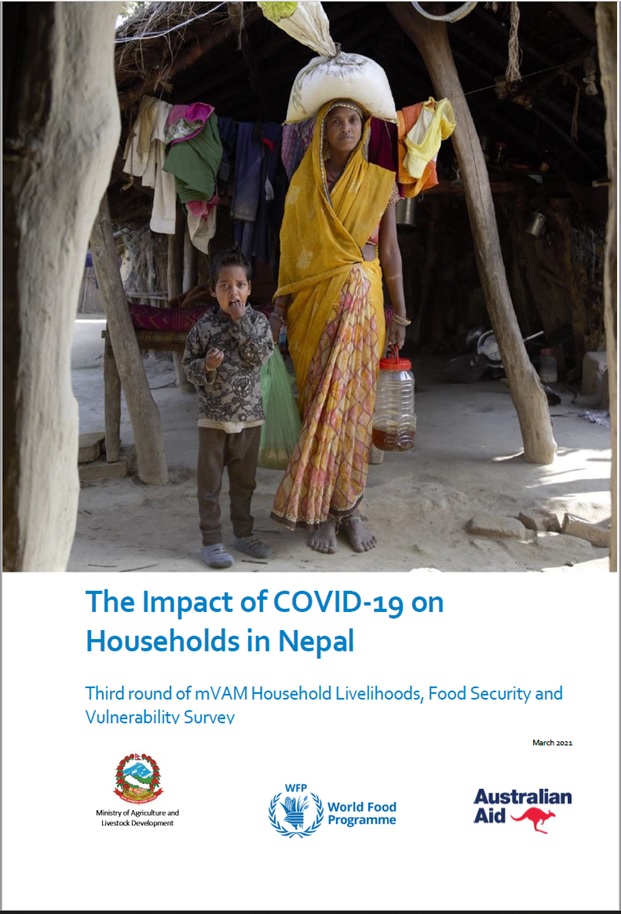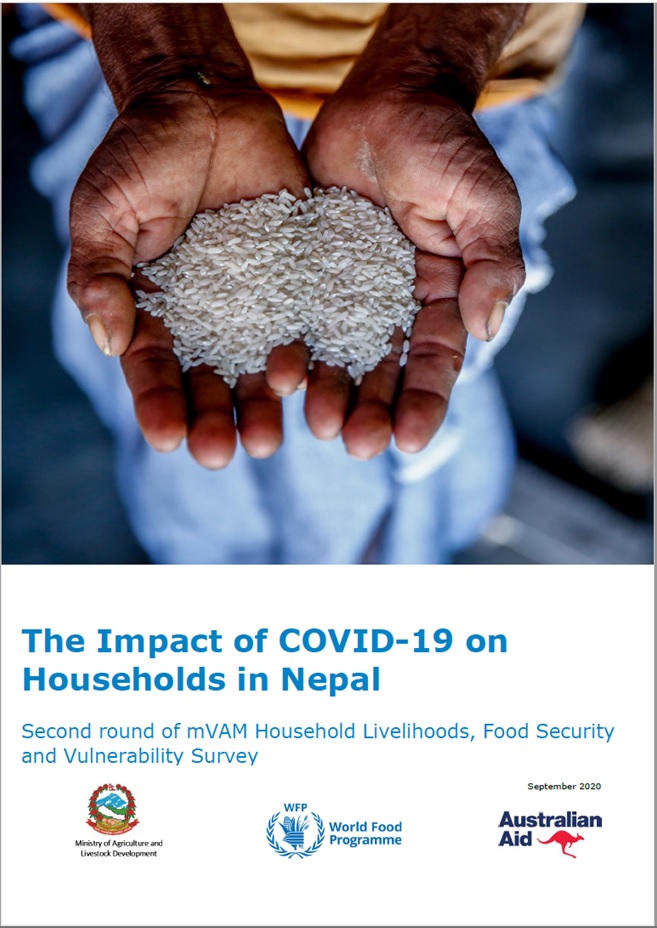Food for Thought - Issue 2
In Nepal 3.7 million people are currently food insecure and each year an average of 1,000 are killed in natural disasters. In the south of the country 100,000 displaced flood victims returned home this year, while in the north tens of thousands left their infertile land to find work abroad. During the past 18 months the price of staple commodities has increased by up to 30 – 70 percent, and the government-owned oil corporation almost went bankrupt trying to maintain subsidized fuel costs. The nation is hundreds of thousands of tons food deficit following two of the worst winter droughts on record and a summer marred by late and erratic rainfall. In the capital city,power outages and water shortages are a daily occurrence. In Copenhagen this could be a scenario conjured by climate change futurists, in Kathmandu it is the situation in December 2009. The phenomena of severe drought,natural disaster,fluctuations in food production and poor access to energy sources are not new to Nepal; and for such reasons Nepal is considered a highly climate vulnerable nation. However, in recent years this vulnerability has been increasing due to a variety of environmental changes. The extent to which these changes are connected to global trends is not yet known. What is known –is that each year millions of Nepalese are forced to cope with increasingly severe climatic events through a variety of techniques – of which only a handful can be considered sustainable adaptation. This situation must reverse. In Nepal, research, planning and investment must focus on adaptation to a future of increased global warming working towards global goals for climate mitigation. These efforts can not, and should not be decoupled from efforts to support the people of Nepal who are already coping with
increasingly severe climatic conditions.
News & Events
- Brief on the Food Security Situation in Nepal (Mid-July to mid-November 2017)
- Launch of Food Security Information System for Nepal
- Second Advance Estimate of 2016/17 Wheat Production in Nepal using CRAFT
- Brief on the food security situation in Nepal (Mid November 2016 to Mid March 2017)
- Updated NeKSAP guidance on food security response analysis and district food security monitoring

